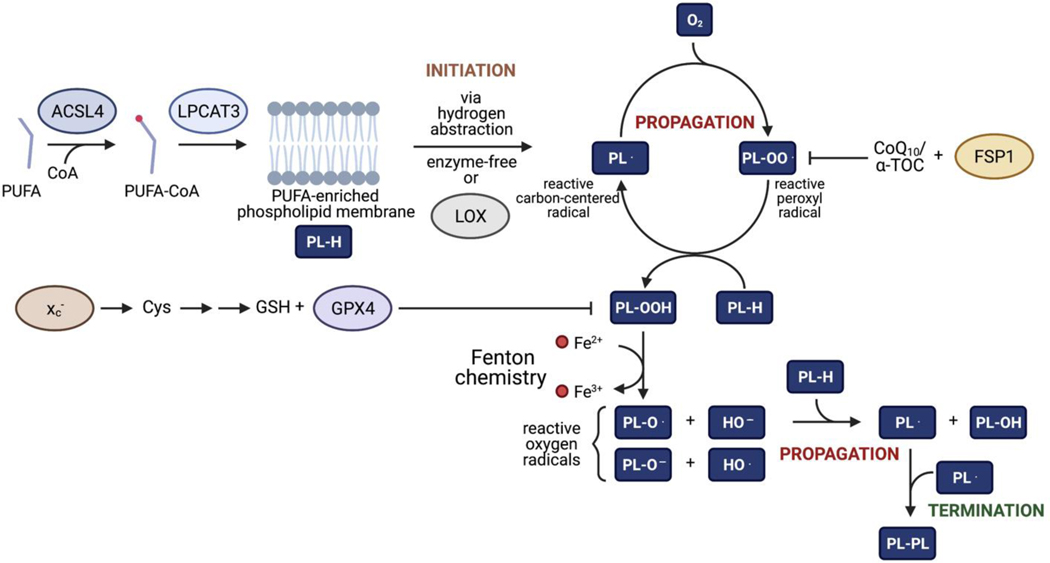Figure 2. Mechanisms leading to ferroptosis.
Free-radical chain reaction leading to the production of lipid peroxides and ferroptosis. At membranes, phospholipids (PL-H) can be subjected to radical-mediated hydrogen abstraction. Following this initiation step, PL radicals (PL·) can react with molecular oxygen to form the highly reactive PL peroxyl radical (PL-OO·), itself reactive towards PL-H enabling this reaction to propagate through repeated cycles. This further produces PL· and PL hydroperoxides (PL-OOH). Through Fenton chemistry, PL-OOH can form a hydroxyl (HO·) and PL alkoxyl radicals (PL-O·) that can also propagate the chain reaction leading to additional production of PL·. The chain reaction can terminate in a variety of ways including hemolytic cleavage of adjacent carbon–carbon bonds to generate carbon radicals and aldehydes and dimerization of two carbon radicals including PL·. Mechanisms that protect cells from ferroptosis include system xc- that mediates uptake of cystine required for glutathione (GSH) production, which is itself a substrate of glutathione peroxidase 4 (GPX4) to scavenge PL-OOH. Ferroptosis suppressor protein-1 (FSP1) can trap PL-OO· via coenzyme Q10 (CoQ10) and/or α-tocopherol (α -TOC) in a GSH-independent manner.

